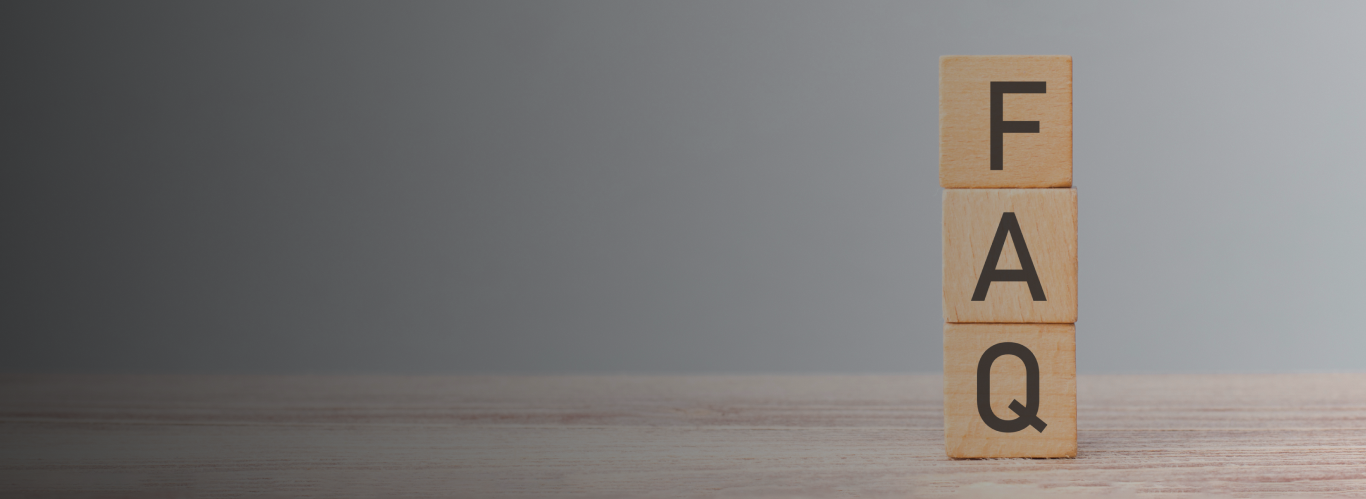FAQs
Full cure time of Hydro Ban® is 7 days.
No. It can be applied directly on all differential elements, joints of dry wall boards, other joints of width up to 3mm. In case of joints more than 3mm, fabric roll is necessary.
Under normal temperature and humidity conditions one can do the flood testing of Hydro Ban® after 24 hours from the time of final coating. In areas where the temperature and humidity conditions vary, one can do the flood testing after 48 hours from the time of completion of the second coating.
YES. Hydro Ban® is a green building product and can contribute to the LEED points of the project.
YES. Hydro Ban® is most suited for water proofing the dry wall boards in wet areas and wash rooms. One can install tiles /stones over the membrane directly using a polymer modified / fortified thin set adhesive.
Hydro Ban® can be used on the terraces and roof tops provided the membrane is covered with tiles using adhesive after the coating is completed.
DO NOT USE Hydro Ban® IF THE AREA IS EXPOSED TO SUN LIGHT.
The biggest advantage of Hydro Ban® is its ability to stick to various materials like steel, PVC, GI, Copper besides concrete and plaster. Hence all the water bodies like bath rooms, swimming pools etc. which have such pipes and fixtures no special care (Fabric roll/silicone sealant) needs to be taken at joints which are a must with other water proofing membranes.Hydro Ban® has the ability to bridge future cracks in substrate with its excellent elongation of more than 400%. Tiles and stones can be installed directly on the cured membrane of Hydro Ban® with the help of adhesive.
The application of Hydro Ban® must be done at total of 800 microns thickness in 2 coats of application. The best way to get this is to apply 20 Kg of Hydro Ban® on exactly 250 sq. ft. area. DO NOT APPLY IN HIGHER THICKNESSES AS Hydro Ban® may fail at thickness higher than 800 microns.
Foot traffic is allowed after 24 hours from the completion of second coat of the LATICRETE® 9237. Make sure people don’t wear spiked shoes or any tools which can puncture the membrane.
The following precautions are very important and critical while application of Hydro Ban®:
- Check if the surface preparation is done thoroughly. Check all the details of differential elements like GI, PVC pipes coming through the substrate, ceramic fixtures to screed joints, concrete to brick masonry joints etc.
- Apply Hydro Ban® on all the above differential element joints ensuring complete closure of the joints.
- Do not apply Hydro Ban® on surfaces with moisture or looking wet. Hydro Ban® must be applied only on completely dry surfaces.
- If the temperature is too low (Below 12 Degrees Centigrade), use heaters to increase the temperature while installing Hydro Ban®. If the temperature is too high (more than 35 Degrees Centigrade), work during the evening / night / early morning to get best results.
- Don’t use putty blades for application of Hydro Ban® One can use a flat side of trowel for application of Hydro Ban®
- Don’t allow any other works like plumbing, electrical fittings, plastering, tiling or painting to be done in the water proofing area while applying the Hydro Ban®. Don’t allow any traffic other than people who are working with Hydro Ban® membrane.
- Do not apply Hydro Ban® if there are joints in substrate which are more than 3 mm width. In case the joints of substrate are more than 3 mm in width, use fabric roll over the joints before application of Hydro Ban®.
- Always use fresh and clean roller/brush/trowel for application of Hydro Ban®.
